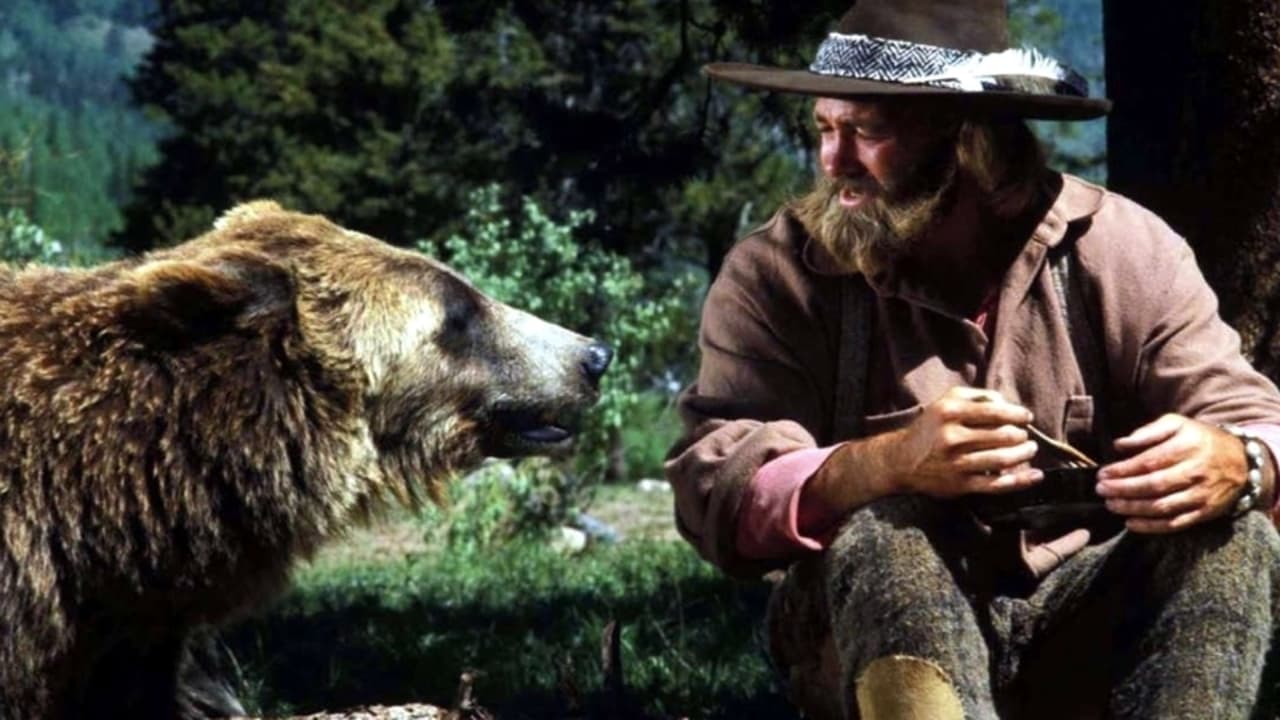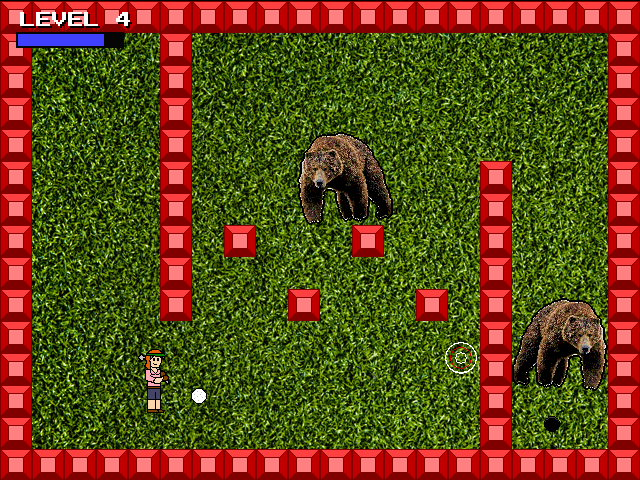

In turn, protesters hope the public attention translates into public outrage. (It didn’t hurt that Jane Goodall signed up for the lottery.) “It’s probably already effective down there, based on the fact that it’s all over the press,” Artelle says. One is by drawing attention to the issue. The protest, according to Gilliland, is “just grandstanding, without any benefit for the wildlife.”Īside from temporarily protecting individual bears, the Wyoming protest might prove more effective in other ways. “We don’t understand why some organizations are willing to have this bear run at a level that is way larger than its carrying capacity, to the detriment of its species.”

Indeed that's what might have happed in British Columbia. If the quota of bears killed isn’t reached this year, the state will simply increase the number of bears that can be taken in following years, he says. Some ecotourism lodges offered to host bear-viewing trips for those who won a tag and didn’t want to hunt with it, Artelle says.īut blocking one bear from dying isn’t a useful protest, argues Sy Gilliland, vice president of the Wyoming Outfitters and Guides Association. British Columbia, which until recently held a grizzly hunt, wrestled with its own controversy over shooting the bears, and among opponents there was a movement to “swamp the lottery,” says Kyle Artelle, a biologist at the Raincoast Conservation Foundation and a postdoctoral fellow at the University of Victoria. Wyoming isn’t the only place where activists have experimented with this type of protest. He mentions a much-photographed grizzly in the Grand Teton area called Bear 399-“the most famous bear who ever lived,” in Mangelsen’s words-who has had 17 or 18 offspring. Killing a bear isn’t just killing one bear, Mangelsen says. But obviously not everyone in the community does. (Montana is still considering a hunt but decided against starting it this year.) Renny MacKay, a spokesperson for the Wyoming Game and Fish Department, says the state is holding a hunt because the population has recovered, that it is possible to hold a hunt without hurting their numbers, and, lastly, because hunters want one. Idaho and Wyoming soon made plans to start a grizzly hunt. The federal government removed greater Yellowstone’s grizzlies from the endangered species list in 2017, saying the population had sufficiently recovered. Only he and Mayor have made their plans public so far, and for that Mangelsen says he has received a death threat. “The hope would be that we would save a bear or two, and maybe even three or four,” he says, believing that others, still unknown, might have tags and may have similar plans not to hunt.

When his turn comes, Mangelsen says he’ll be out there with his long lens. In the core grizzly hunting area, the hunt there ends as soon as ten males bears or the first female is shot. (It starts two weeks earlier in the less suitable habitat.) The season will run from September 15 to November 15. In all, the state will allow for up to 22 bears to be taken, although most of those will not come from the core area near Yellowstone, but from a broader zone around the park that the state deems as less suitable habitat for bears and where it says they come into more conflict with humans. Killing a bear isn’t just killing one bear.įamed wildlife photographer Tom Mangelsen also joined the protest and won tag number eight to hunt a grizzly in what the state calls core “suitable habitat” areas. Instead of a gun, however, Mayor will “ shoot ’em with a camera,” as the protest campaign urges. Late this summer or early this fall, Mayor will get a ten-day window to head into the woods, with no other bear hunters around. Mayor’s winning draw gave her tag number two out of ten to hunt in what the Wyoming Game and Fish Department has called “core areas” outside of Yellowstone National Park, which is home to the vast majority of 700 grizzlies in and around the park. She applied, one of more than 7,000 people who did. She soon heard about a campaign that urged grizzly hunting opponents to apply for a hunting tag that they would never use. So when Mayor heard earlier this year that the state of Wyoming would hold its first grizzly bear hunt in more than four decades, the news didn’t sit right with her. “But I do have a problem with trophy hunting,” Mayor says-that is, the killing of a large animal for no other reason than sport and bragging rights. We usually have game meat in our freezer.” Typically, the 56-year-old aesthetician has no problem with hunting. Kelly Mayor grew up in Wyoming in a family of hunters.


 0 kommentar(er)
0 kommentar(er)
